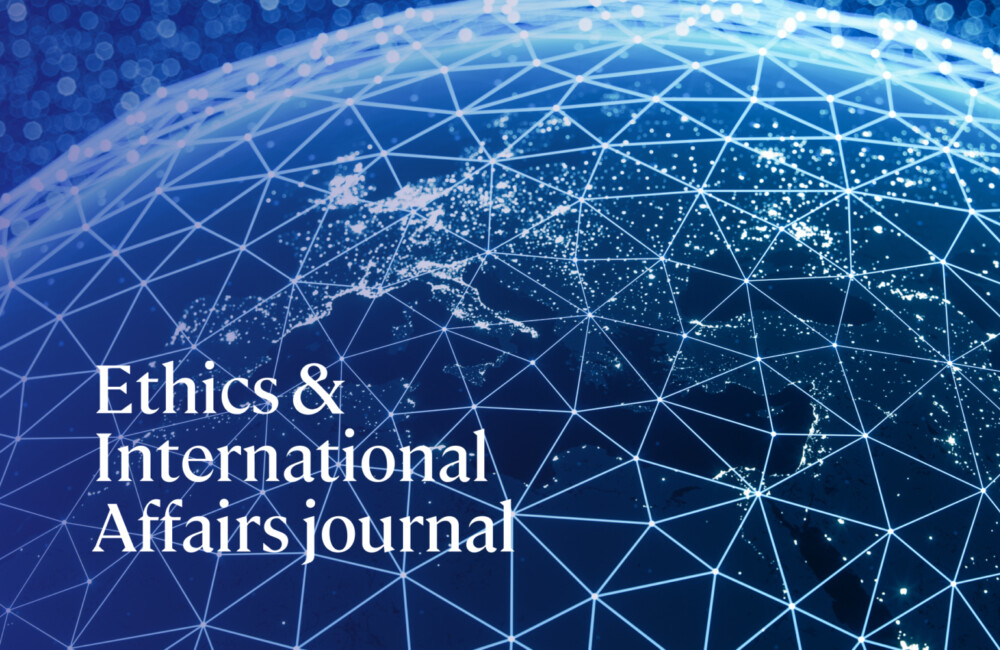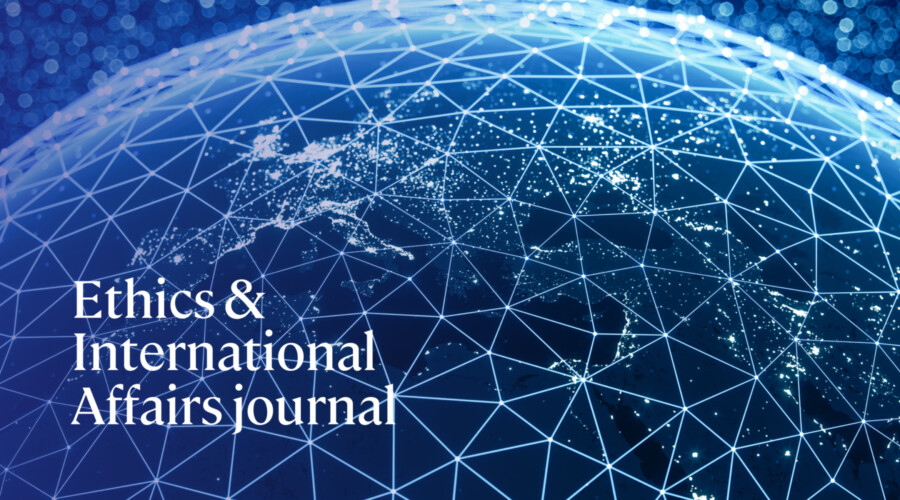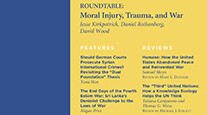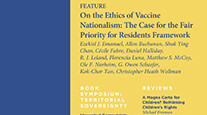Mobilizing for Human Rights: International Law in Domestic Politics, Beth A. Simmons (Cambridge: Cambridge University Press, 2009), 408 pp., $90 cloth, $29 paper.
This sophisticated, quantitative study of international human rights law in domestic politics finds that the ratification of such multilateral treaties as the International Covenant on Civil and Political Rights and the Convention on the Elimination of All Forms of Discrimination Against Women have had important positive consequences for human rights in many parts of the world. Progress has been made, writes Simmons, despite the fact that the agents who actually sign such agreements—states—cannot themselves be expected to perform reliably as enforcers of each other's stated commitments, whether due to disinterest in rights abuses abroad, competing foreign policy priorities, or the presumption that some other state's interest in policing human rights compliance will be sufficiently strong to save them the trouble. In otherwords, Simmons observes that human rights treaties often simply do not have what it takes to change international politics per se. Nevertheless, by examining the role of international law domestically, Simmons stakes out a clear path to a positive result and a potentially optimistic argument regarding the past and future of the "rights chances" of individuals everywhere.
The starting assumption of Simmons's "domestic politics model of treaty compliance" is that, in terms of the degree to which they care about human rights, no actors—not states, and not even the transnational advocacy networks that have been an important focus of much recent scholarship—can match the individual citizens and local activist groups potentially empowered by the strong signals and clear language supplied by human rights treaties. Simmons therefore explores a variety of mechanisms—agenda setting, litigation, and social mobilization—by which local citizens pressure domestic governments to take seriously their own international legal agreements.
The policy implications that follow include the notion of supporting these local stakeholders as they develop ways to demand, shape, and implement their international legal rights for themselves. Simmons encourages major powers and other international moral leaders to back up domestic rights activists by providing tangible and rhetorical support for the international human rights regime, including by ratifying the conventions that some (the United States, for instance) have yet to accept.
Portfolios of the Poor: How the World's Poor Live on $2 a Day, Daryl Collins, Jonathan Morduch, Stuart Rutherford, and Orlanda Ruthven (Princeton, N.J.: Princeton University Press, 2009), 320 pp., $30 cloth.
Portfolios of the Poor is the culmination of a research project that spans ten years and three countries, and examines the cash flow of almost 300 households amongthe poorest of the world. The result is a fascinating and humanizing insight into the economic lives of the global poor, and a valuable resource for attempting to improve those lives.
The authors focus on the financial "triple whammy" of low incomes, work that can be irregular and unpredictable, and a lack of financial tools. Living on $2 a day does not mean receiving that exact amount each day; incomes can be casual, seasonal, or subject to all sorts of unpredictability. Yet money is needed on a daily basis to keep a household running, and occasionally in large sums to address emergencies.
Interestingly, the research reveals that none of the households studied lived hand to mouth, despite their extreme poverty; all juggled both savings and borrowings on a regular basis, sometimes even going hungry in order to save. The diversity of "financial instruments" used by poor households is remarkable, from savings clubs and moneyguards (freelance individuals who hold savings for a fee) to informal lending of both money and food between neighbors and acquaintances. "The diaries have shown that it is because of, not in spite of, their low and uncertain incomes that poor people are extremely active in financial intermediation."
One of the central arguments of the book is that while the informal sector has evolved to suit the needs of poor households, formal financial institutions have been lagging behind in terms of flexibility, accessibility, and convenience, despite an enormous potential demand for financial products that suit the cash flows of the poor. On the other hand, the informal sector can be unreliable and lacking in privacy, often leaving families vulnerable.
The authors thus argue that an appreciation of the small balances and irregular incomes of poor households, combined with the stability of the formal financial sector, is what is most necessary to improve the everyday lives of the world's poorest. Further, microfinance can be extremely important for satisfying broader needs, such as education and health, facilitating regular savings to deal with school costs, or providing lump sums to deal with medical emergencies.
Prospects appear positive as the recent boom in microfinance institutions spreads further. In particular, the notable progress of Bangladesh's pioneering pro-poor Grameen Bank is analyzed in detail, and offered as an exemplar for the microfinance sector. Nonetheless, even Grameen remains imperfect in terms of its appreciation of the financial needs of the poor, and the book concludes with an illuminating analysis of the way forward for the sector.
Half the Sky: Turning Oppression into Opportunity for Women Worldwide, Nicholas D. Kristof and Sheryl WuDunn (New York: Alfred A. Knopf, 2009), 320 pp., $28 cloth.
Written by a Pulitzer Prize–winning husband-and-wife team, this book seeks to galvanize a global mass movement to achieve gender equality in the developing world. By presenting the relevant statistics (of sex slaves, sex-selective abortion, and so on), which are horrifying even at their most conservative; by rehearsing the litany of economic, political, and social benefits that can be linked to investment in women's education and empowerment; by offering chapter after chapter of engrossing and devastating stories (and accompanying photographs) of women threatened by the "appalling realities" of maternal mortality, trafficking, rape, and routine daily discrimination; and by emphasizing throughout examples of women "victims" as well as current "bystanders" in both the developed and the developing world who have become "agents" of change and even leaders of activist organizations, Kristof and WuDunn hope to help do for the international women's movement in the twenty-first century what Thomas Clarkson and William Wilberforce did for abolitionism in the eighteenth and nineteenth centuries, and what Rachel Carson did for environmentalism in the twentieth. "The plight of girls," they write, "is no more a tragedy than an opportunity."
Some of the most affecting stories are of women who have responded to personal experiences or observations of rights abuses by becoming social entrepreneurs, such as Mukhtar Mai, a Pakistani victim of gang rape who became an activist with a global profile. Yet many are about women who simply managed to rebuild their own lives. The book opens with the story of Srey Rath, a teenage Cambodian—now a market vendor in the border town of Poipet—who at fifteen crossed over to Thailand for temporary work, only to be taken by gangsters, raped, beaten, and drugged into prostitution. She escaped to the police, who arrested her as an illegal immigrant, and was sold again into prostitution by the officer who escorted her away at the end of her sentence. Rath escaped a second time, and on this occasion found the support of an aid group in Cambodia, which, through a loan of $400, enabled her to start up a now thriving market stall. Half the Sky introduces its readers to many other such stories, while reminding us that these are just a few examples in a world of countless injustices to women.



